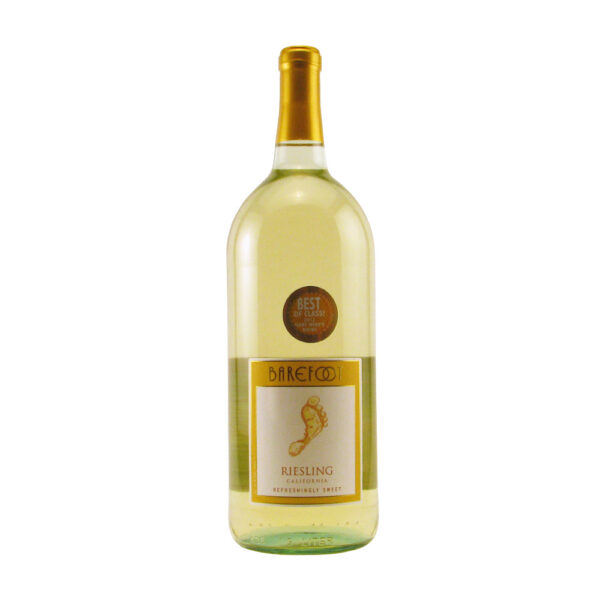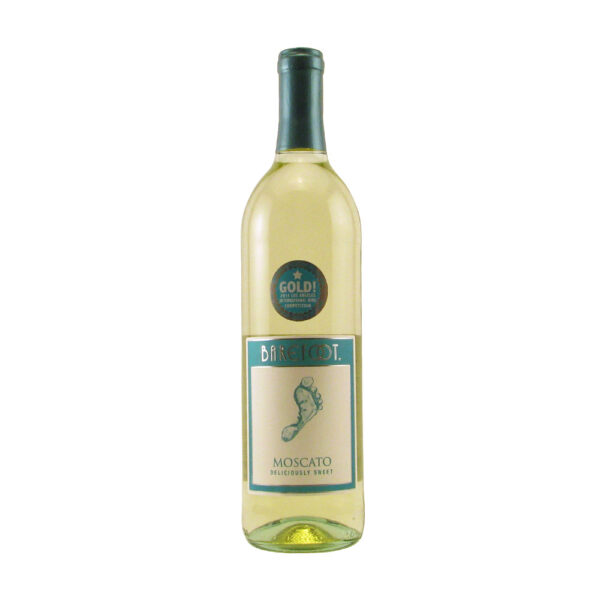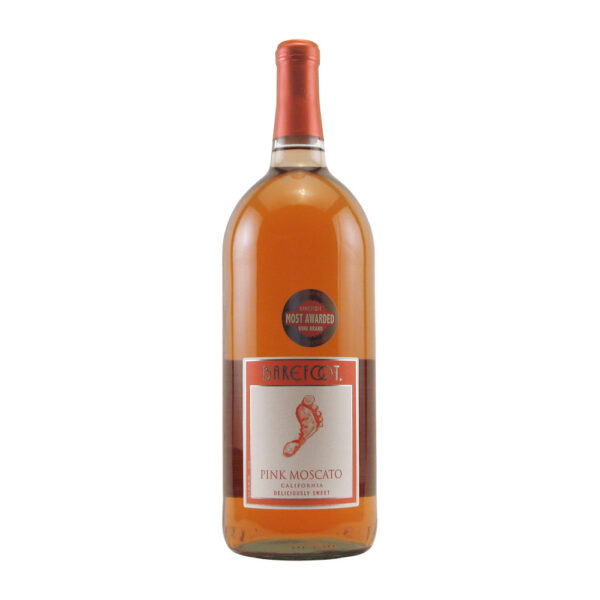Description
Oyster Bay Pinot Noir 750ml
Vineyard Locations
The Marlborough region, nestled at the tip of New Zealand’s South Island, enjoys an extended growing season that helps to create an extraordinary cool climate Pinot Noir. From the first planting in 1973, Marlborough has matured to produce some of New Zealand’s best Pinot Noir. The combination of warm sunny days and cool nights make Marlborough’s climate ideal for growing the famously temperamental grape.
Winemaking Techniques
For Oyster Bay Pinot Noir, the fruit is picked from selected vineyard blocks to provide blending components and to add more complexity to the wine. The fruit is destemmed and crushed directly into a combination of open and closed top stainless steel fermentation tanks. Following pre-fermentation maceration, the must is inoculated with a range of pure yeast cultures. The open ferment is hand plunged multiple times a day and a small portion of the blend run off to complete fermentation in French oak barriques. After maceration, the wine is pressed off into tank and French oak barriques to complete malolactic fermentation. The wine is then matured for up to 12 months and racked prior to final blending.
Oyster Bay Marlborough Pinot Noir is elegant, cool climate Pinot Noir at its best. Fragrant, soft, and flavorful, with aromas of ripe cherries and sweet fruit tannins that provide structure and length.
Oyster Bay Pinot Noir is a versatile red wine, capable of pairing well with a variety of meals involving poultry, red meat and fish. While Pinot Noir tends to pair best with lamb and duck, it’s also a great match for rich fish like tuna and salmon.
Oyster Bay Pinot Noir Notes To Your Senses:
- TASTE: Sweet cherries with soft tannins
- AROMA: Ripe cherries
- APPEARANCE: Ruby red
- ABV: 13.5%
- PAIRING: Lamb and duck or even rich fish such as tuna or salmon
Red Wine:
Bringing out the best aromas and flavors of red wine can be achieved through the correct storage of temperature, generally between 50 to 55 degrees. Of course, this is a general rule of thumb as it depends on the grapes used when producing wine. There are so many health benefits due to the tannin. Procyanidins are a type of condensed tannin that is found in green tea and dark chocolate. Speaking of health young red wines are better than old as they have more tannin. However, as red wine ages, they become lighter. Very old wines are translucent and pale.
Vitis vinifera originating from Eastern Europe makes up most of the common varieties of red wine. The aromas of red wine come from grapes only. Cherry, berry, jam, and herbs are all from fermented grapes and wine aging in oak barrels. Pretty simple for such a rich, complex, and tasteful wine!
Australia:
Australia’s wine comes from 65 different wine regions that are made of all different types of geography, topography, soils, and climate. The continent has the oldest soils on the planet with more than 100 different grape varieties making it the top 5 wine exporting countries. While they are known for exporting, they are known for drinking it too! Australia is the third largest source of imported wine to Canada, Us, and Italy. In 1788, the first grapes were planted in Sydney. However, Australia does have some of the world’s oldest vines. Among the many vineyards, they have 25 that are colder than Bordeaux in France!
Cool-climate regions that are great for winemaking in Australia, are mostly due to altitude and maritime influences on its huge coastline. Tasmania, Margaret River, and Yarra Valley produce elegant wines and emphasize on restraint. Chardonnay and Shiraz are grown in all of Australia’s 65 wine regions. The Barossa Valley takes the title for the largest collection of old vines, many are Shiraz and Grenache that date all the way back to the 1840s!
In Western Australia, there is little wine compared to other areas, but the quality is high. So, take note of where your favorite wines are from and don’t be afraid to try something new, it could become your top 5 must-haves!
Master Sommelier Little Known, Big Facts:
- The color of wine depends on the fermentation extracts using skin, like Red wine as compared to white wine, leaving the skin behind
- The oldest bottle of wine dates back to A.D. 325; it was found in Germany inside two Roman sarcophaguses
- The worst place to store wine is usually in the kitchen because it’s typically too warm, in refrigerators, their warmest setting can be too cold
- Richer heavier foods usually pair well with richer, heavier wines; light wines pair with lighter foods
- Generally, a vintage wine is a product of a single year’s harvest, not when the wine is bottled
- A “dumb” wine refers to the lack of odor while a “numb” wine has no odor and no potential of developing a pleasing odor in the feature
- If a server or sommelier hands you a cork, don’t smell it, look for the date or other information ( mold, cracking, or breaks)
- Tannin is a substance that tingles the gums when you indulge your palate with a sip of wine, it’s an excellent antioxidant
- Smell is by far the most important sense when it comes to drinking wine
- Wine was first developed in Mesopotamia, not France
- French wines are labeled following the soil on which they are produced, not according to the grape used
- When chilling wine, adding salt to ice will cool it down faster
Warnings:
You must be 21 or over to purchase this product
Instructions:
Serve chilled or at room temperature






Reviews
There are no reviews yet.